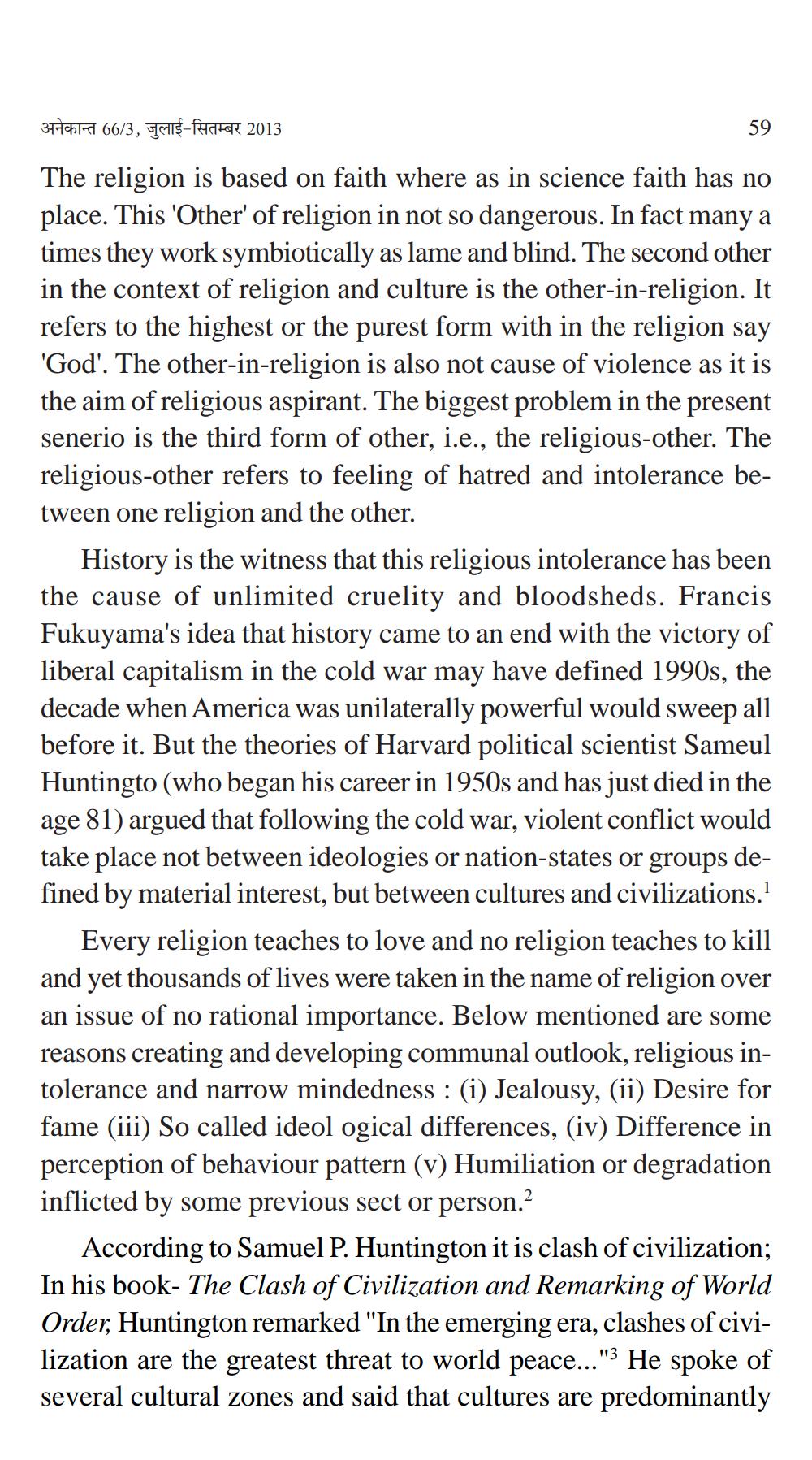________________
Stihl 66/3, Ice-fHFR 2013
The religion is based on faith where as in science faith has no place. This 'Other' of religion in not so dangerous. In fact many a times they work symbiotically as lame and blind. The second other in the context of religion and culture is the other-in-religion. It refers to the highest or the purest form with in the religion say 'God'. The other-in-religion is also not cause of violence as it is the aim of religious aspirant. The biggest problem in the present senerio is the third form of other, i.e., the religious-other. The religious-other refers to feeling of hatred and intolerance between one religion and the other.
History is the witness that this religious intolerance has been the cause of unlimited cruelity and bloodsheds. Francis Fukuyama's idea that history came to an end with the victory of liberal capitalism in the cold war may have defined 1990s, the decade when America was unilaterally powerful would sweep all before it. But the theories of Harvard political scientist Sameul Huntingto (who began his career in 1950s and has just died in the age 81) argued that following the cold war, violent conflict would take place not between ideologies or nation-states or groups defined by material interest, but between cultures and civilizations.
Every religion teaches to love and no religion teaches to kill and yet thousands of lives were taken in the name of religion over an issue of no rational importance. Below mentioned are some reasons creating and developing communal outlook, religious intolerance and narrow mindedness : (i) Jealousy, (ii) Desire for fame (iii) So called ideol ogical differences, (iv) Difference in perception of behaviour pattern (v) Humiliation or degradation inflicted by some previous sect or person.
According to Samuel P. Huntington it is clash of civilization; In his book- The Clash of Civilization and Remarking of World Order, Huntington remarked "In the emerging era, clashes of civilization are the greatest threat to world peace..."3 He spoke of several cultural zones and said that cultures are predominantly




